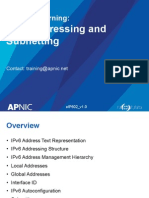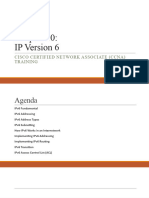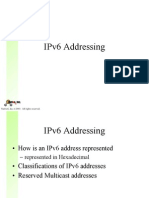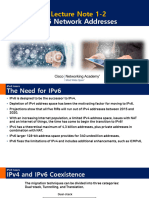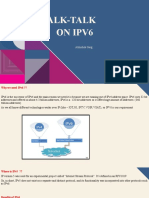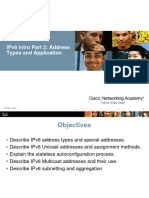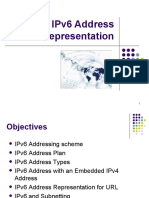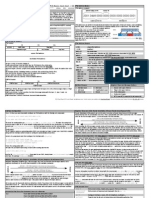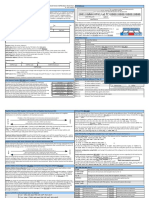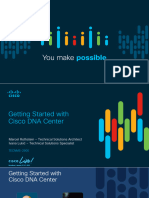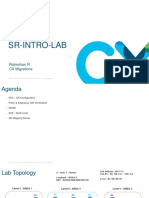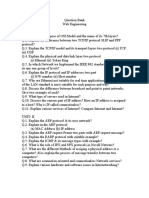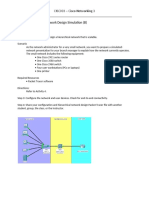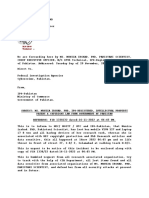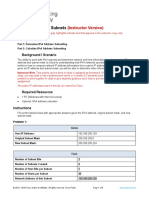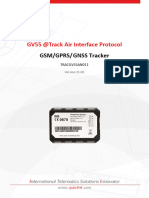0% found this document useful (0 votes)
3 views33 pages03 Ipv6 Address Representation and Types
ipv6 representation
Uploaded by
maximlee4212Copyright
© © All Rights Reserved
We take content rights seriously. If you suspect this is your content, claim it here.
Available Formats
Download as PDF, TXT or read online on Scribd
0% found this document useful (0 votes)
3 views33 pages03 Ipv6 Address Representation and Types
ipv6 representation
Uploaded by
maximlee4212Copyright
© © All Rights Reserved
We take content rights seriously. If you suspect this is your content, claim it here.
Available Formats
Download as PDF, TXT or read online on Scribd
/ 33





